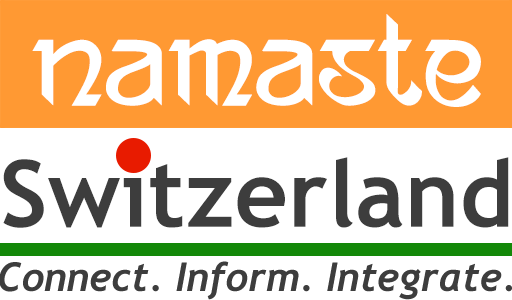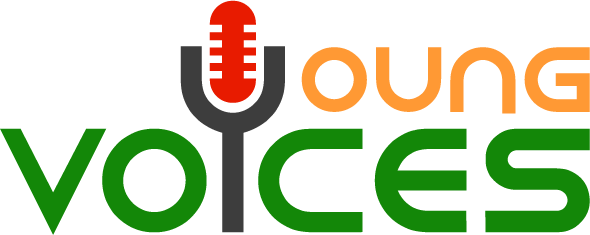The Diplôme approfondi de langue française or the Diploma in Advanced French Language (DALF) is the internationally recognized certification for learning the French language. Samvidha Srinath took the DALF C1 exam recently and shares her experience, tips and tricks in learning French.
I took the DALF exam in November 2020 for three reasons: I wanted to improve my French language skills. I would have another certificate in the bag. But above all, I love learning languages! A few weeks later, I received a letter (in French, of course) saying that I had successfully passed the DALF C1 exam with a good score. Here’s what it takes to prepare for the exam.
Preparation
My teacher’s mantra was simple – Think in the language that you are learning. She spoke to me only in French and very little English. My daily assignments included writing essays, preparing monologues, reading comprehensions and practising exam papers.
The Exam Structure – Tips and Tricks
The exam is divided into two parts: épreuve individuelle and épreuve collective (the speaking exam, unique to each candidate). The written exam is done on a different day where all the candidates do the listening, reading and writing sections in one go. The written exam is approximately four-and-a-half hours long; whereas the speaking takes one-and-a-half hours. The topics in the exam vary from education, work-life balance and the use of technology to more serious topics such as topics related to the environment (pollution), health, the replacement of humans with AI and so on.
Speaking: You get an hour to prepare your monologue on one of the two given topics. There are about two to three texts to read, sometimes even four. You do not need to understand everything, but you need to be able to present your topic to the examiners in-depth.
- Highlight everything that is essential. There will be at least one important detail at the beginning or at the end of each paragraph. As you read the texts and form your personal opinion, write some points on the side of the paper. The goal is to present in a way that merges your own opinions and the ideas from the text. A monologue that just summarizes all texts back to back is not acceptable.
- Make bullet points of everything you actually want to say. This will give you room to play around with more complex words and sentences and give a structure to hold on to.
- Make sure that you speak for at least 6 minutes or a maximum of 10 minutes.
- After the monologue, the examiners will start the debate. Here you may be as creative as you wish and you can play with the language. This is where you show your true skills. Use different tenses, complex sentence structure and vocabulary. More importantly, do not hesitate to ask the examiner to repeat a question if you did not understand it and answer with confidence.
Listening: Personally, I feel that the listening part is the most difficult because the speakers in the audio clips speak very fast. The type of questions also varies: There are multiple-choice questions (MCQ), questions requiring short answers, long(er) answer and so on. The listening is again split into two parts. The first part is about 5-7 minutes long and you can listen to it twice. The second part is much shorter and you get to listen to the audio only once. There’s enough time to read the questions.
- Highlight/mark the keywords in the questions. In the “Notes” section on the side of the page. Write down keywords from the audio. Take notes of the audio when you listen for the first time. Don’t write anything on the answer sheet itself unless it is an MCQ (in the second part normally). Keep in mind that the notes section will not be marked. You will have a few minutes to write down your answers. Then use the second round to fill up any unanswered questions. After this, you will have five more minutes to complete your answers.
- The second section has multiple choice questions and you need to answer the questions while listening to the audio.
Reading: This section consists of a two-page long text and 10 questions. Just like in the listening section, there are many types of questions. Your justification and the box stating whether a statement is true or false should be correct to get you the score. If one part is wrong, you do not get any points.
- Underline the keyword and then find it in the text. Keep in mind that the keyword in the question will never be the same as in the text. Find synonyms or word descriptions. My vocabulary training method – learning the meaning of the word and also the synonyms proved very useful for this section. This will help you in the reading as well as the writing section. By using synonyms you can avoid word repetitions.
- Try to understand the general sense of the text. It is all about global comprehension. While you are practising for the exam and if and when you come across an unfamiliar word, use a dictionary rather than a translator. I used the PONS dictionary.
- Make your own vocabulary list – your own personal dictionary. Do try to use the new word when you are writing an essay or in your monologue practice. That’s my method of learning new vocabulary in any language.
Writing: You need to write two essays. First, is to read two or three texts and write a summary of about 220-240 words. The second, a 250 words essay based on the texts read in task 1.
- The first task is very similar to the speaking part: You read two to three texts, highlight the important parts, then rearrange them in a different order. Here, you are not supposed to give new ideas. You should only use the information given in the text without “inventing” anything, as my teacher likes to put it.
- The second task consists of a letter to the government, a magazine/newspaper article, an argumentative essay where it is already decided which side you are going to take, and so on. Here again, like in the debate section, you can show off your vocabulary and grammar awareness. As mentioned earlier,be careful to not repeat the things you have already mentioned.
- If you are not sure as to how to start the essay, you can phrase the question in a different way. Every paragraph must connect to the previous and the next paragraph and the conclusion must connect back to the introduction, hence making it a neat essay.
Learning Material/Resources
- Practice papers and the ‘Le DALF – 100% réussite’ book available on Amazon and I highly recommend this for exam practice.
- Watch news, web series according to your interest, but in French! For the shows in English just change the language to French and watch with French subtitles.
Do’s and Don’ts
Do
- Take something to eat and drink during the written exam.
- Visualize how your exam is going to be about a month before the exam
- Try to answer every question
- listen to a lot of French
Don’t
- Study the day before/day of the exam
- Cram
- Get stressed before/during the exam
Disclaimer: Opinions expressed belong solely to the content provider. Namaste Switzerland does not undertake any financial/reputational/legal/misrepresentational impact or other obligations/ liabilities that may arise from the content.












